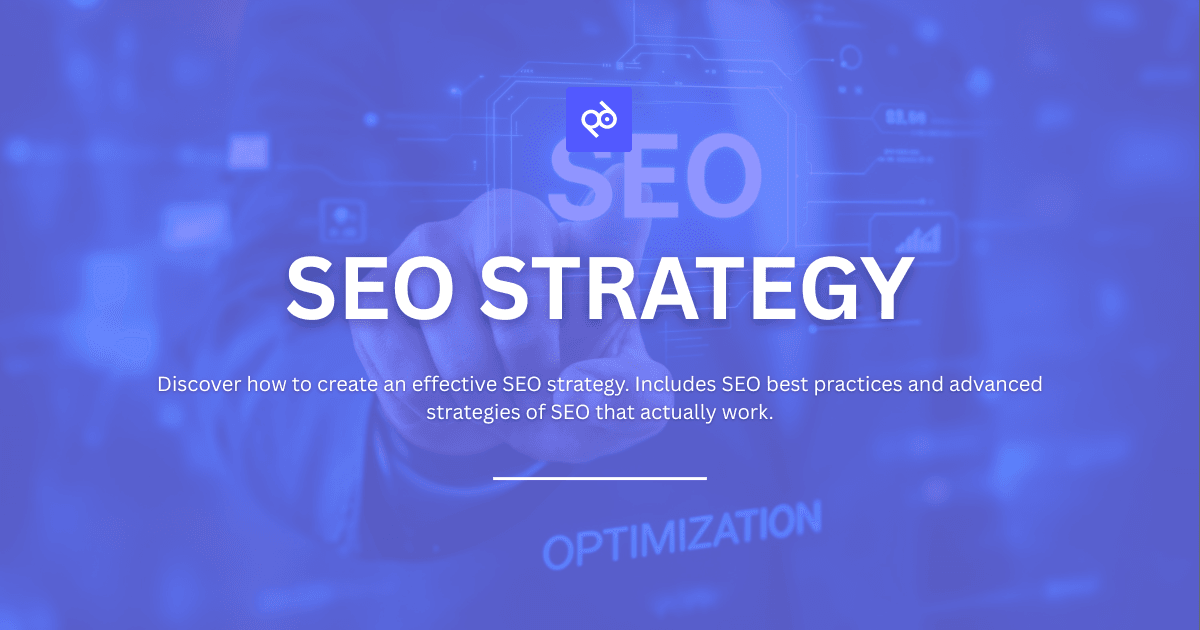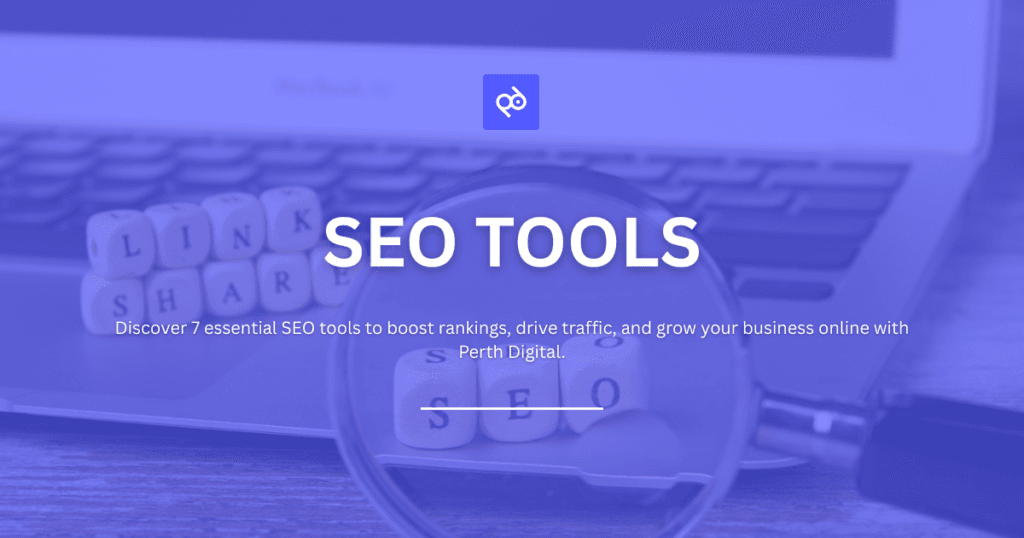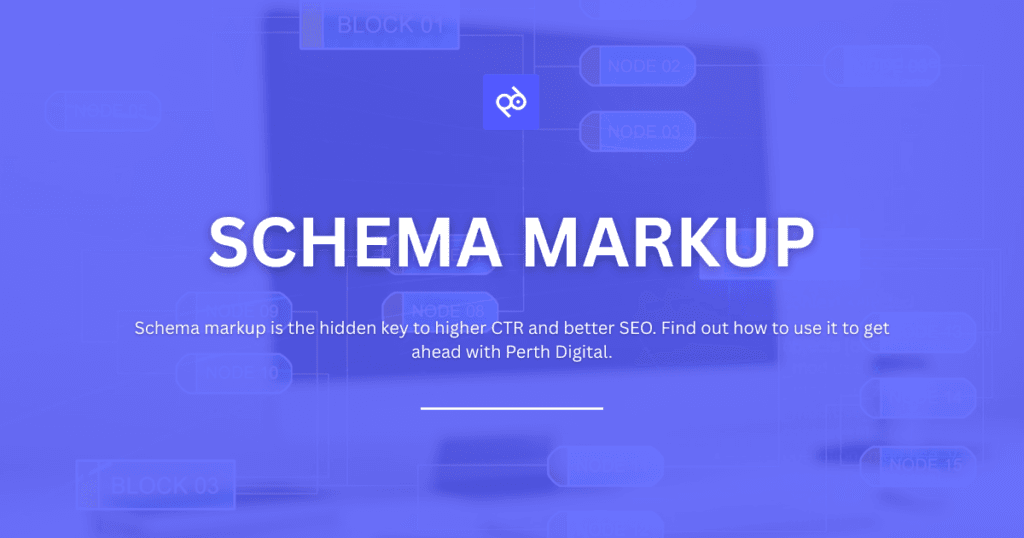Search engine optimisation (SEO) is more than just a marketing tactic, it’s a fundamental strategy for sustainable online growth. Whether you’re a business owner, marketer or blogger, having a well-structured SEO strategy is key to attracting the right audience, increasing visibility, and staying ahead of the competition.
But what exactly does a long-term SEO strategy look like? And how do you ensure it remains effective over time? This guide breaks down everything you need to know, from planning and execution to tracking and ongoing improvement, all explained in a way that’s simple, practical and grounded in SEO best practices.
What Is an SEO Strategy?
An SEO strategy is a long-term action plan designed to improve your website’s rankings on search engines like Google. It involves a combination of on-page, off-page, and technical tactics that help search engines understand your content and match it with user intent.
Think of it like a road map, it outlines what you’ll do, why you’ll do it, and how you’ll measure success.
Why You Need a Long-Term SEO Strategy
A quick SEO fix might boost rankings temporarily, but without a clear, long-term vision, you risk losing ground to more strategic competitors. A robust strategy for SEO helps you:
- Build authority and trust over time
- Stay aligned with changing algorithms
- Create content that consistently performs
- Drive compounding organic traffic
- Measure and refine your results
Sustainable SEO is all about playing the long game.
Core Pillars of an Effective SEO Strategy
To build a strong foundation, it’s helpful to understand the main pillars of modern SEO strategies:
1. Keyword Research and Intent Mapping
Every successful SEO strategy begins with understanding what your audience is searching for, and why.
Keyword research is more than finding high-volume terms. It’s about identifying the right mix of short-tail and long-tail keywords that match your audience’s needs and intent.
Example: A keyword like “coffee” is vague. But “best organic coffee beans UK” shows clear purchase intent.
Best Practices:
- Use tools like Google Keyword Planner, Ahrefs, or SEMrush
- Group keywords by topic and intent (informational, transactional, navigational)
- Focus on keywords that are relevant, attainable, and aligned with your goals
2. High-Quality, User-Focused Content
Content is at the heart of any strategy for SEO. But not just any content, it must be valuable, well-written, and answer specific search queries.
SEO best practices for content include:
- Optimising for your primary keyword (in titles, headings, URL, and meta description)
- Using related terms and secondary keywords naturally
- Structuring content with clear headings and short paragraphs
- Providing genuine value and answering real questions
Example: A detailed guide on “how to brew coffee at home” with practical steps and visuals will outperform a vague 300-word blog post.
3. On-Page SEO Optimisation
Once your content is written, it’s time to ensure every element of the page is search-engine friendly.
On-page SEO checklist:
- Optimise title tags and meta descriptions
- Use headers (H1, H2, H3) properly
- Include internal links to related pages
- Optimise images with alt text and compression
- Ensure your URL structure is clean and keyword-rich
These small elements may seem minor but collectively make a big impact on your overall SEO strategy.
4. Technical SEO
Even the best content won’t rank if your website has technical issues. Technical SEO ensures your site is crawlable, indexable, and fast.
Key elements include:
- Mobile responsiveness
- Fast loading speeds (use Google PageSpeed Insights)
- Secure HTTPS protocol
- Clean sitemap and robots.txt
- Fixing broken links and crawl errors
- Structured data and schema markup
Pro tip: Run a SEO audit regularly using tools like Screaming Frog or Sitebulb to catch issues before they affect your rankings.
5. Link Building and Authority Development
Backlinks are still one of Google’s top ranking factors. A healthy backlink profile signals to search engines that your site is trustworthy and authoritative.
Effective link building strategies:
- Guest posting on reputable sites
- Creating link-worthy resources (guides, tools, stats)
- Reclaiming broken or lost backlinks
- Digital PR and outreach campaigns
Remember: focus on quality, not quantity. A few strong links from niche-relevant sites beat hundreds of low-quality links.
Advanced Strategies of SEO for Long-Term Growth
Now that we’ve covered the fundamentals, let’s look at how to elevate your SEO strategy with advanced techniques.
1. Topic Clustering and Content Hubs
Google rewards websites that demonstrate topical authority. One of the smartest long-term strategies of SEO is to create topic clusters around core themes.
Example: If you’re a travel brand, create a “Thailand Travel” hub with pages on “Best Beaches in Thailand”, “Travel Tips for Bangkok”, “Budget Travel in Chiang Mai”, etc.
This helps with:
- Improved internal linking
- Better site structure
- Deeper keyword coverage
2. Content Refresh and Historical Optimisation
SEO is not set-and-forget. Content that once ranked well can drop over time. Regularly updating old content is one of the easiest wins in your long-term SEO strategy.
Steps to optimise older posts:
- Update outdated info or statistics
- Improve formatting and readability
- Add internal links to newer content
- Re-optimise meta tags and headers
This keeps your content fresh in Google’s eyes or in other words, you will be creating evergreen content, and maintains your hard-earned rankings.
3. Local SEO (if applicable)
For businesses with physical locations, especially small businesses, local SEO is an important method to utilise .
Best practices for local SEO:
- Claim and optimise your Google Business Profile
- Use consistent NAP (Name, Address, Phone) details
- Earn local citations and reviews
- Create location-specific content
Example: A London-based florist could create blog content around “Best Wedding Flowers in London” or “How to Choose a Florist in Chelsea”.
Measuring the Success of Your SEO Strategy
A good SEO strategy is data-driven. You need to set up SEO benchmarks to measure performance regularly and use those insights to refine your efforts.
Key metrics to track:
- Organic traffic (Google Analytics)
- Keyword rankings (SEMrush, Ahrefs)
- Click-through rates (Google Search Console)
- Bounce rate and time on page
- Backlink growth and domain authority
Set realistic, measurable goals, and monitor progress monthly or quarterly.
Common Mistakes to Avoid
Even well-meaning strategies can go off track. Here are a few pitfalls to watch for:
- Chasing high-volume keywords without considering relevance or competition
- Publishing content without a clear purpose or keyword intent
- Ignoring technical issues that hinder performance
- Focusing on quantity over quality when it comes to backlinks
- Failing to adapt to algorithm changes or shifting audience behaviour
SEO is a long-term investment, short-term thinking often leads to missed opportunities.
Building a Long-Term SEO Strategy That Works
A winning SEO strategy isn’t built overnight. It requires a clear plan, consistent effort, and a willingness to adapt. By focusing on user intent, technical excellence, and content quality, you lay the foundation for long-term visibility and success.
Whether you’re managing your own site or working with an agency, the key is to approach SEO as an ongoing, evolving journey. Master the strategies of SEO step by step, and you’ll be well on your way to growing sustainable, organic traffic that fuels your business or brand for years to come.
At Perth Digital, we understand the utmost importance of SEO and wish to help you in planning up your own SEO strategy, which not only boosts traffic but also raises brand awareness for your website. Book a free consultation for a tailored strategy today.



